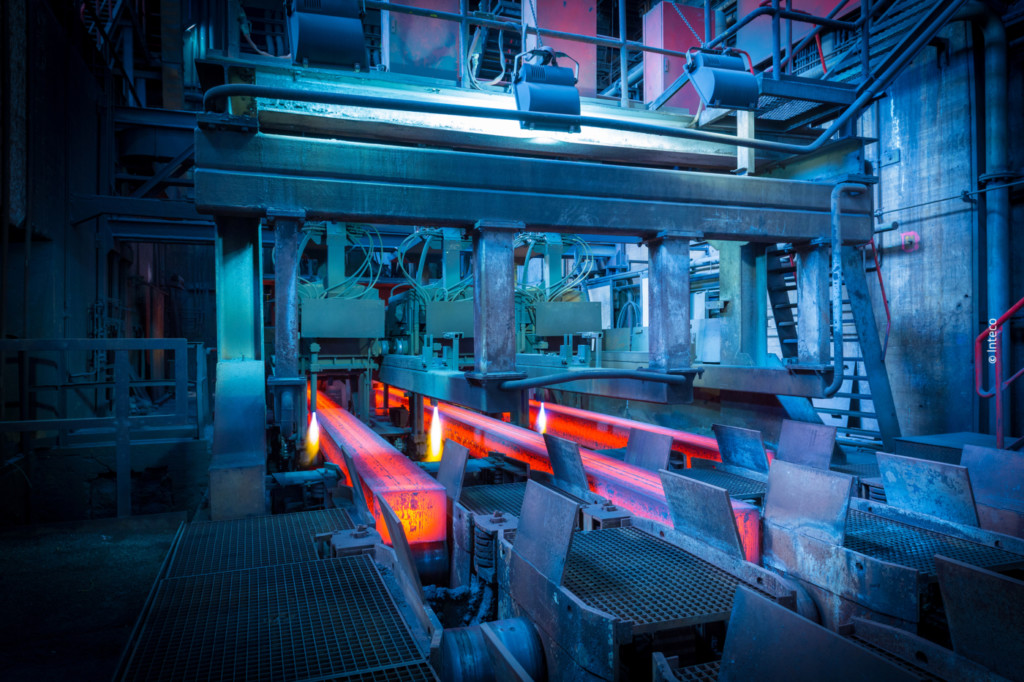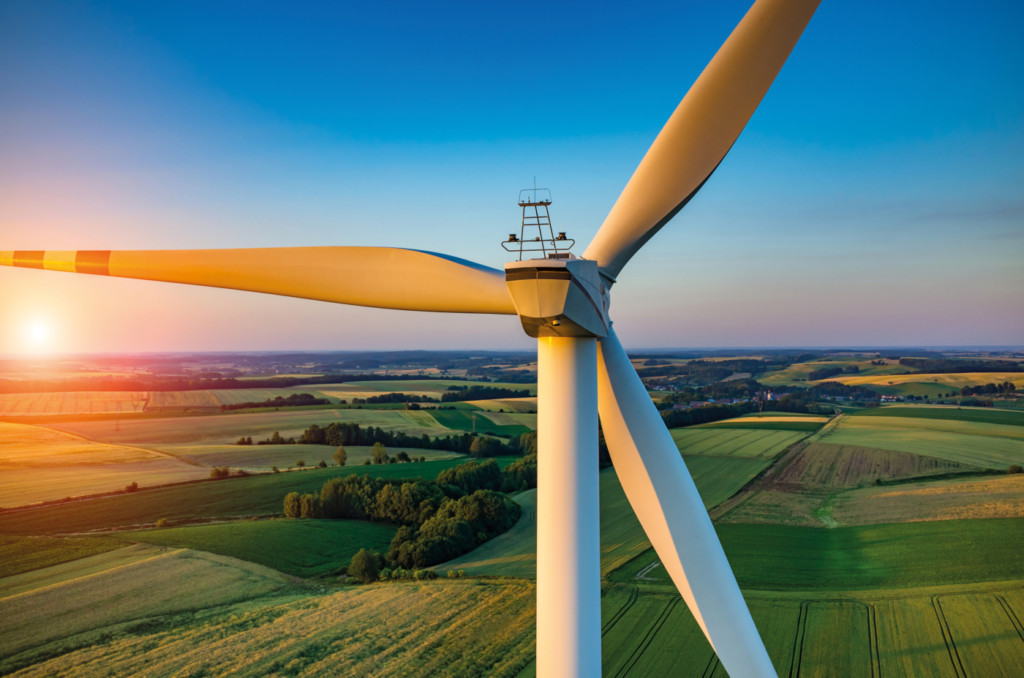Project duration: 17 June 2019 – 31 December 2019
Objective
This project focuses on the generation of intelligence, data and information related to the framework conditions to boost innovation relevant to the present and future Mobility Transition trends. It is aimed to identify main conditions and barriers to support innovation in this area, particularly for the EU-Africa context. The information is sourced from a wide range of stakeholders in the context of Mobility Transition, with emphasis on resource-rich countries in Africa and its unique selling points compared to other similar stakeholders globally. The ultimate goal is to create win-win situations for Africa and Europe where both can successfully contribute to a sustainable Mobility Transition in line with Sustainable Development Goals, the Minamata Convention on Mercury, the Paris Climate Agreement, Conflict Minerals monitoring supply chains and other key directives, in particular the EC communication on A Clean Planet for All – A European strategic long-term vision for a prosperous, moderns, competitive and climate neutral economy.
The solution (technology)
Crucial information will be gathered by means of: firstly, a thorough stakeholders’ analysis encompassing the full 8 stakeholder categories, their local-to-global geographic impact, as well as an assessment of their specific impact on the sector either hindering or promoting actions, in the immediate, medium and long term. Secondly, a web-based forum composed by relevant representatives of those areas, followed by a face-to-face workshop in Brussels and the formation of a steering board. Thirdly, a face-to-face workshop with national, regional and local representatives of African stakeholders will be carried on with the support of the GATEWAY II Consortium, who will in synergy facilitate its distribution channels, networks and logistics. Finally, a web-based analysis of the results produced will be implemented and made publicly available after thorough consultation with EIT RawMaterials.
Deliverables of this project are 2 reports with recommendations, 1 infogram, 1 visual summary, 1 ppt presentation, 1 pdf description and 1 excel spreadsheet analysed via graphs.
Beneficiaries of this project are the full EIT RawMaterials Community who will be contacted throughout the project and after the results are produced. Also, the involved stakeholders in the EU and Africa, in particular, will benefit from this project results.
This project addresses the data gap problem in relation to how best supporting innovation on the new trends of Mobility. In particular, for the security of supply and responsible production and consumption of minor metals required for the implementation of modern transport systems via electric vehicles.
Partnership
- Trinity Dublin College, Ireland (Lead Partner)
- Aalto-Korkeakoulusaatio (Aalto University), Finland
- Agencia Estatal Consejo Superior de Investigaciones Cientificas M.P., CSIC (Spanish National Research Council), Spain
- Fundación Tecnalia Research & Innovation, Spain
- Geologian tutkimuskeskus, GTK (Geological Survey of Finland), Finland
- Geological Survey of Sweden (SGU), Sweden
- Sandvik AB, Sweden
- Sandvik SRP AB, Sweden
- Tallinn University of Technology, Estonia
- Technische Hochschule Georg Agricola Bochum (THGA Bochum), Germany
- Technische Universität Bergakademie Freiberg (TUBAF), Germany



